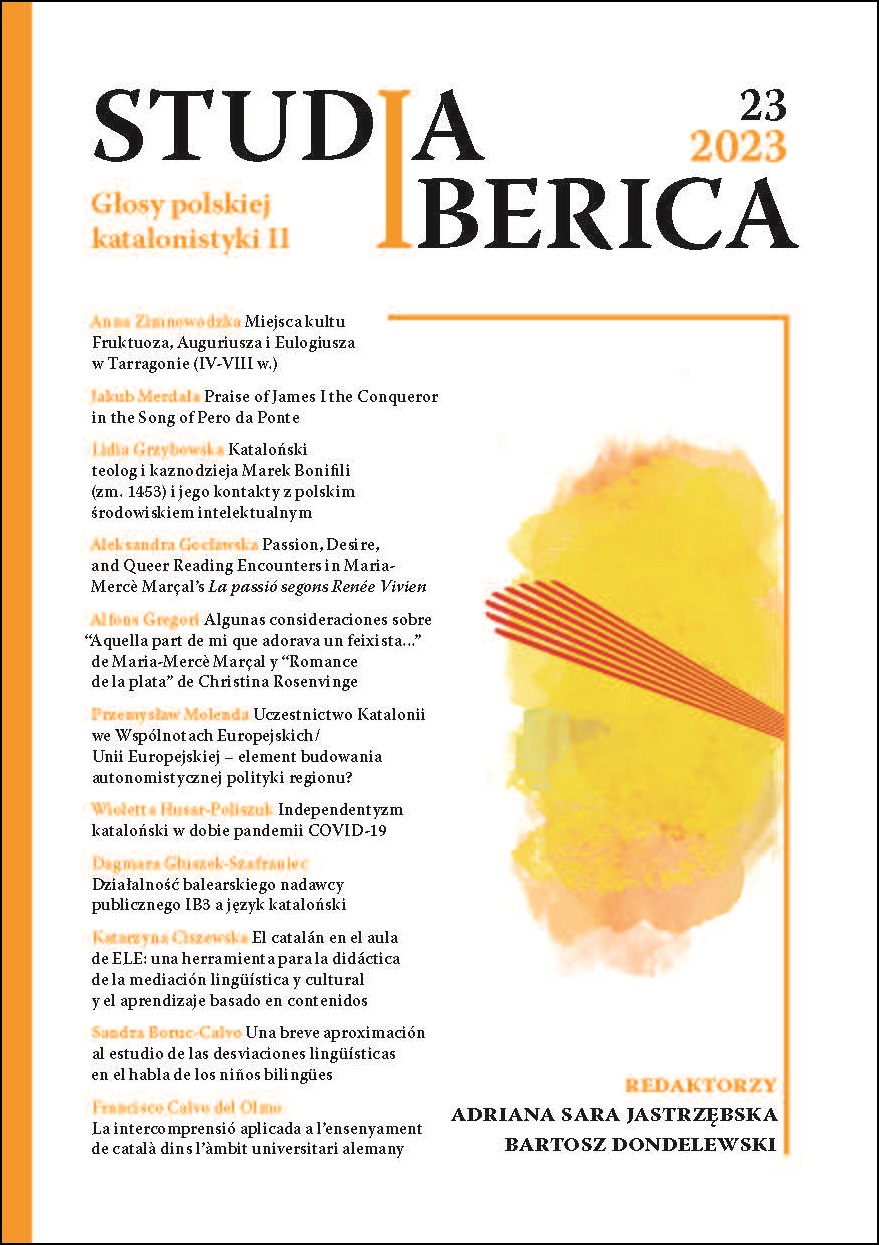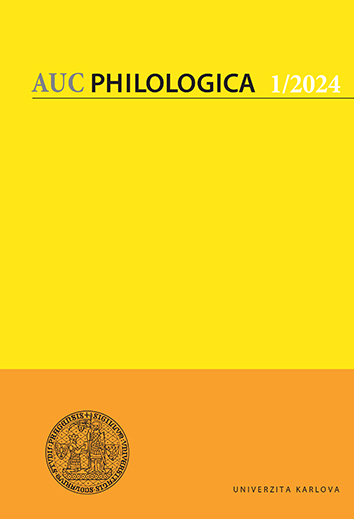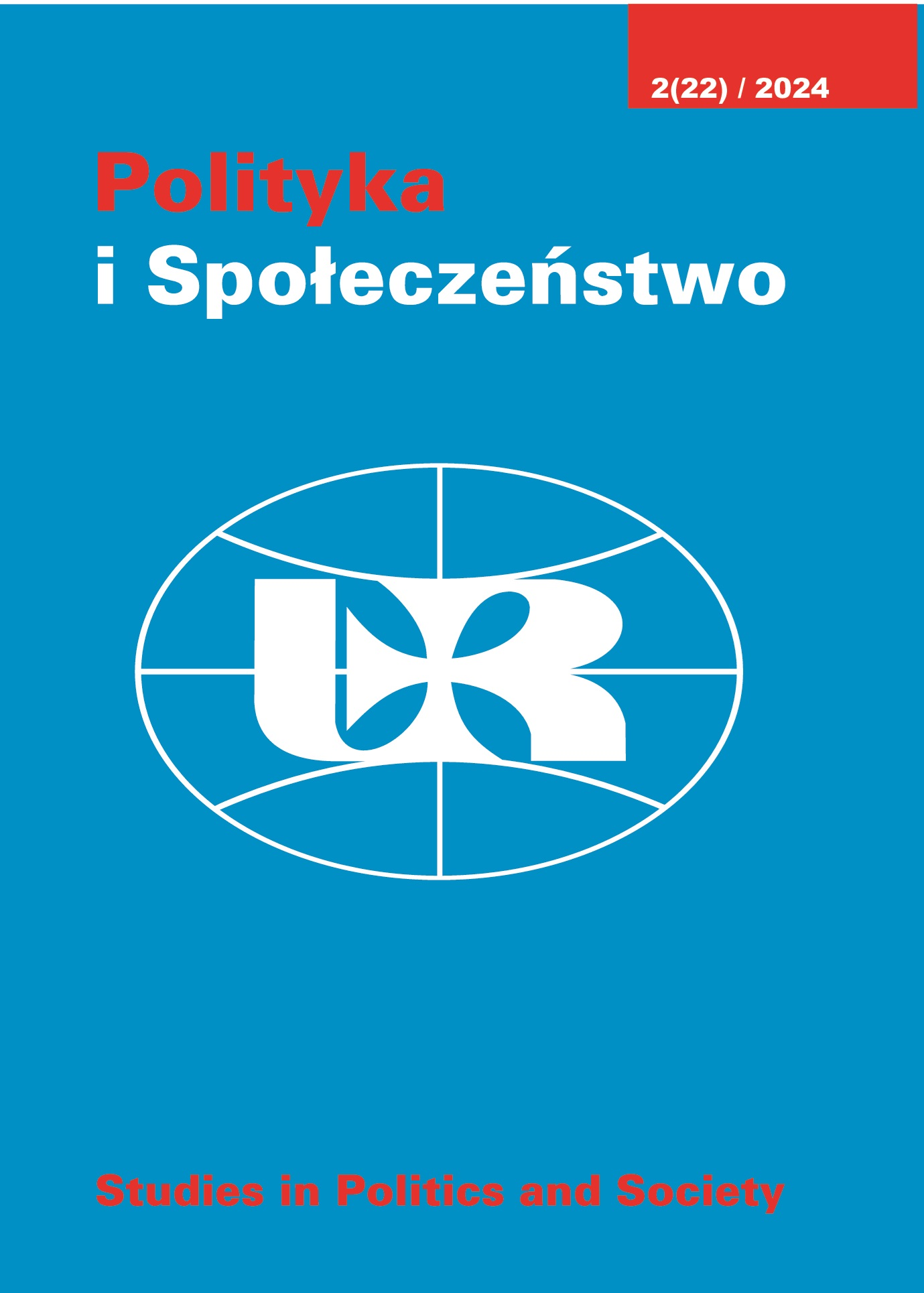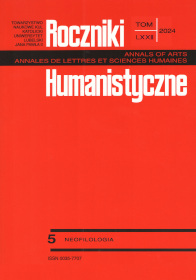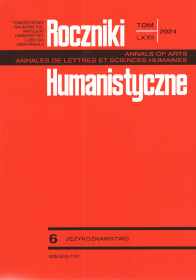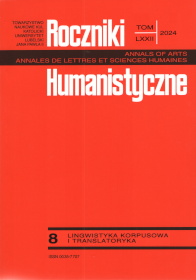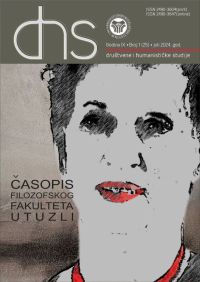Author(s): Merab Ghaghanidze / Language(s): Georgian
Issue: 25/2024
At the end of his life, Ilia Chavchavadze (1837-1907) recalled the knowledge he acquired in his youth from the archdeacon of the village, who not only taught him to read and write and was telling him Biblical stories, but also was describing him stories from national history. Among them was the story of Dimitri the SelfSacrificer (1259-1289), which later became the basis of Ilia Chavchavadze’s long poem “Dimitri the Self-Sacrificer”. Grigol Kipshidze (1858-1921), the writer’s biographer and colleague, has no doubt that these stories would have left a deep mark on the writer’s soul, which he considers to be a reasonable explanation for the fact that this memory from his youth became an impetus for the poet, when later, in 1877-1879, he wrote the long poem “Dimitri the Self-Sacrificer”. It should be noted that the publication of the text was perceived as unusual both by those around him and further away, as the publication of the poem caused a very concerned response. The poet himself has nowhere mentioned any written source for his poem, and, by his own special note, the primary impetus for him was the oral source, which he later, in adulthood, had no use for. In any case, it is clearly proven that when Ilia Chavchavadze wrote this long poem, such a thematic decision was not expected and usual, which is why his biographer felt it necessary to formulate his explanation. However, the question still remained a question, since Ilia Chavchavadze’s poetic work is not distinguished by a noticeable abundance, and, even more so, the number of his long poems is limited to just a few texts, and the goals that led to the dedication of an extraordinary text to describe the martyrdom of King Dimitri the Self-Sacrificer, still need to be reconsidered. It is likely that in order to clearly express the content of the long poem based entirely on folk sources, the poet considered it best to transfer the narration of the story completely to the folk-secular narrator, Mefanture, for which he used his own poem "Mefanture" (1860), written as a young man. In “The King Dimitri the SelfSacrificer” the story is told not directly by the author, but by a public speakernarrator, who does not express a literate (or even superficial) attitude towards the king and his martyrdom, but reflects the perception and vision spread or intended to be spread publicly. Attention is also drawn to the fact that in the narration of “The King Dimitri the Self-Sacrificer”, the personal name of the king, after the initial mention-titles, rarely disappears, at least several times, which, of course, indirectly expresses or indicates that the face of the ruler, as far as possible, is transferred to myth, or, more precisely, in a legendary setting, which allows him to be given a broad generalization: he is represented as a king. Also, in the poem, following the introduction, after describing the ruler's appearance and a brief description of his lifestyle, the narrative of his martyrdom begins immediately, from being called by the torturer to execution: he is presented as a martyr. Thus, it is clearly seen that the king-martyr as a character, according to the writer's intention, really expresses a pattern. It can be said that he is an ideal hero, devoid of all randomness and insignificant-insignificance, which led to the fact that many essential pieces of information (sometimes – in a rather negative direction!), that can be found in the historical chronicles about King Dimitri II, were left out of the author's attention in the poem. Only the standard characteristics of the hero as an ideal king appear in the text. The description of the life of the main character of the long poem is completely based on the data of historical chronicles, in particular, the reports of the anonymous chronicler, by the name of Zhamtaaghmtsereli, of the fourteenth century, about King Dimitri, although the poem does not contain any data about his subsequent conflict with the requirements of Christian morality and, therefore, with the representatives of the Church. In the text of the long poem, in general, such a superior, mythical representation of the ruler, which is in no way different from the attitude of the medieval chronicler, became an excuse for Ilia Chavchavadze to be accused, in the words of Grigol Kipshidze, of “supporting and idealizing the principles of tsarism”. Presumably, in this case, the mold of Russian tsarism in particular was not meant, since such accusations would be a complete anachronism in relation to the king of the thirteenth century of Georgia, but it is conceivable that the writer was reproached for presenting Dimitri as an ideal monarch and, therefore, for the possible support of the idea of monarchism, which, from a man of liberal values, as Ilia Chavchavadze was publicly considered at that time, seemed unexpected and even outrageous (therefore it is conceivable that "tsarism" should mean monarchism in this context). All the more, it should be taken into account that the 1870s are really the time when the ideas of liberalism, republicanism, and socialism are becoming more and more firmly established in the world, which at that time will gradually find a noticeable spread in Georgia as well. However, despite the fact that Ilya Chavchavadze at the very beginning of his poem presents the image of an exemplary king, the hero seems to be deprived of special royal characteristics and, above all, is painted as a selfless person devoted to his homeland and native people, whose thoughtful choice and irrevocable, indomitable action lead to his recognition as a saint. Almost ten years after the text of the long poem was printed, in 1886, Ilya Chavchavadze’s article was printed in the “Iveria” newspaper, which refers to the martyred king Luarsab and mentions his merits. The article about the king of Kartli, Luarsab the Martyr (1592-1622), noticeably responds to the poem "King Dimitri Devoted" and finds a lot in common with it. According to the long poem, King Dimitri certainly follows the call of Christ, but he expresses his loyalty and even confirms this loyalty by his dedication to his people, however, unlike the text of the poem itself, at the end of his life, in his autobiography, Ilya Chavchavadze, while mentioning his own work, believes that Dimitri's contribution to the benefit and protection of the homeland and religion is very important for him. It is also worth noting that, if Dimitri II is shown as an exemplary and outstanding king in the poem, the royal qualities of Luarsab II are not seen in the article, – his royal activities are not described or evaluated anywhere, while the author's decisive attention is paid to presenting him as a martyr.
More...
